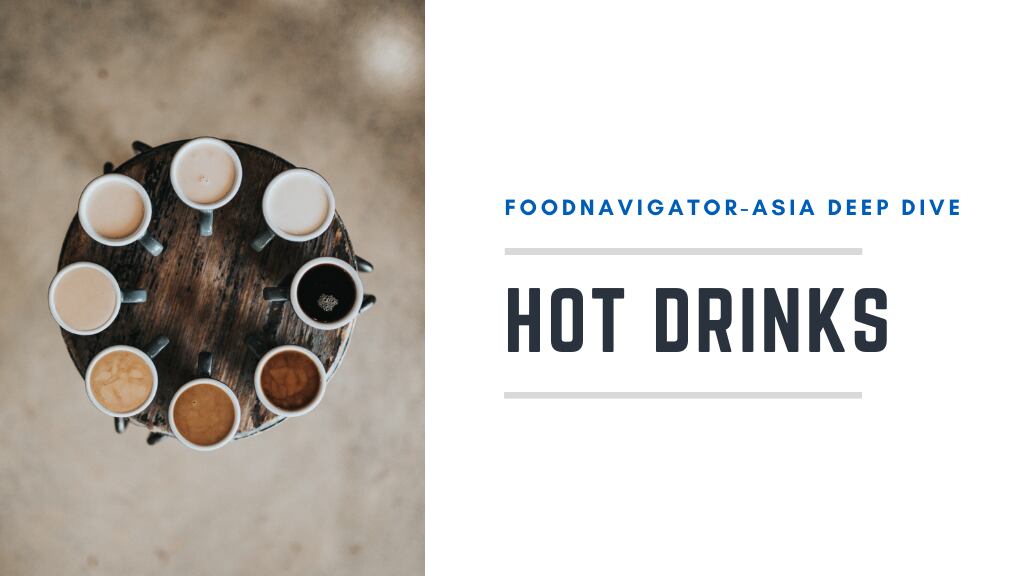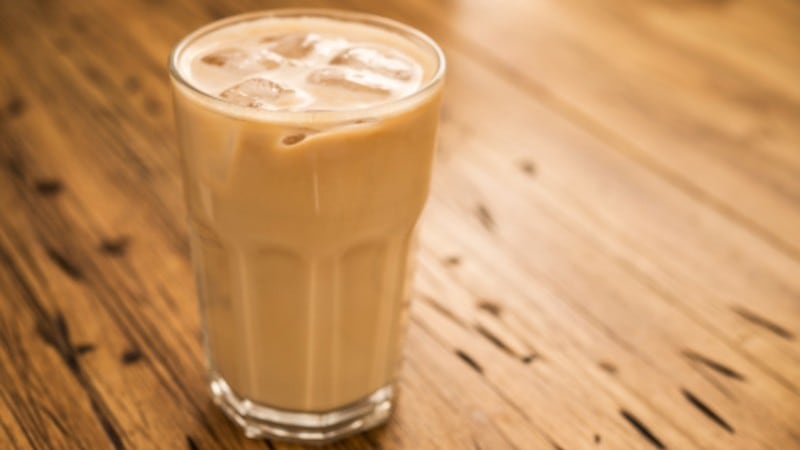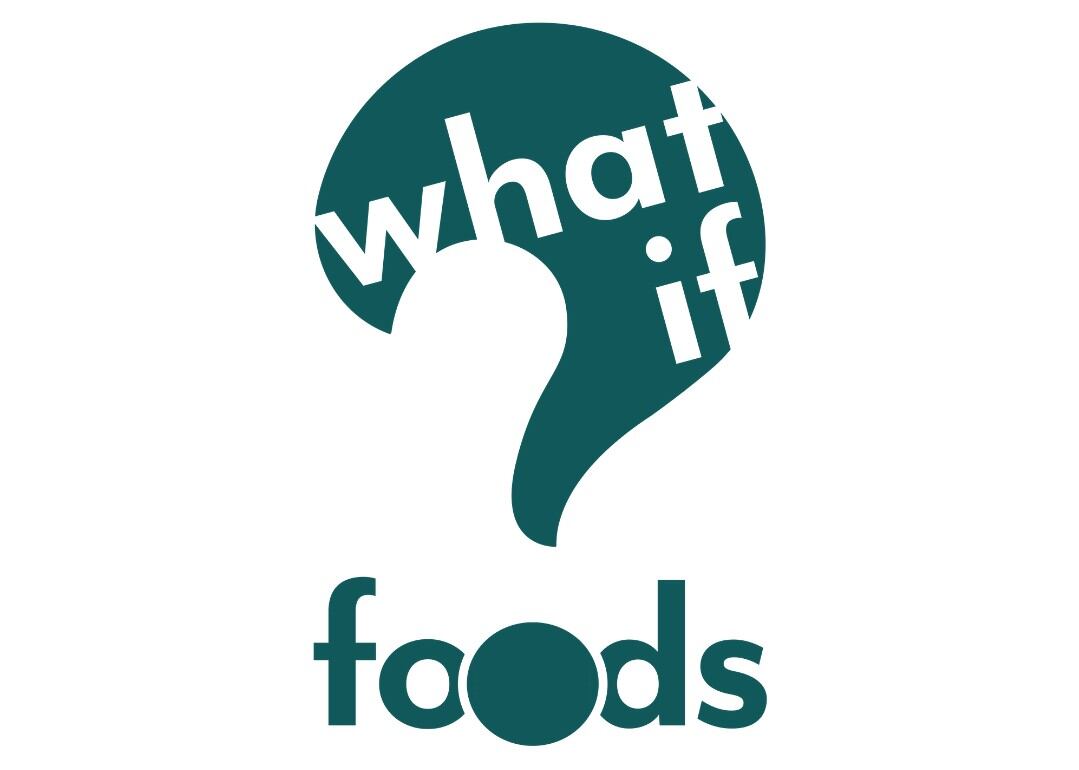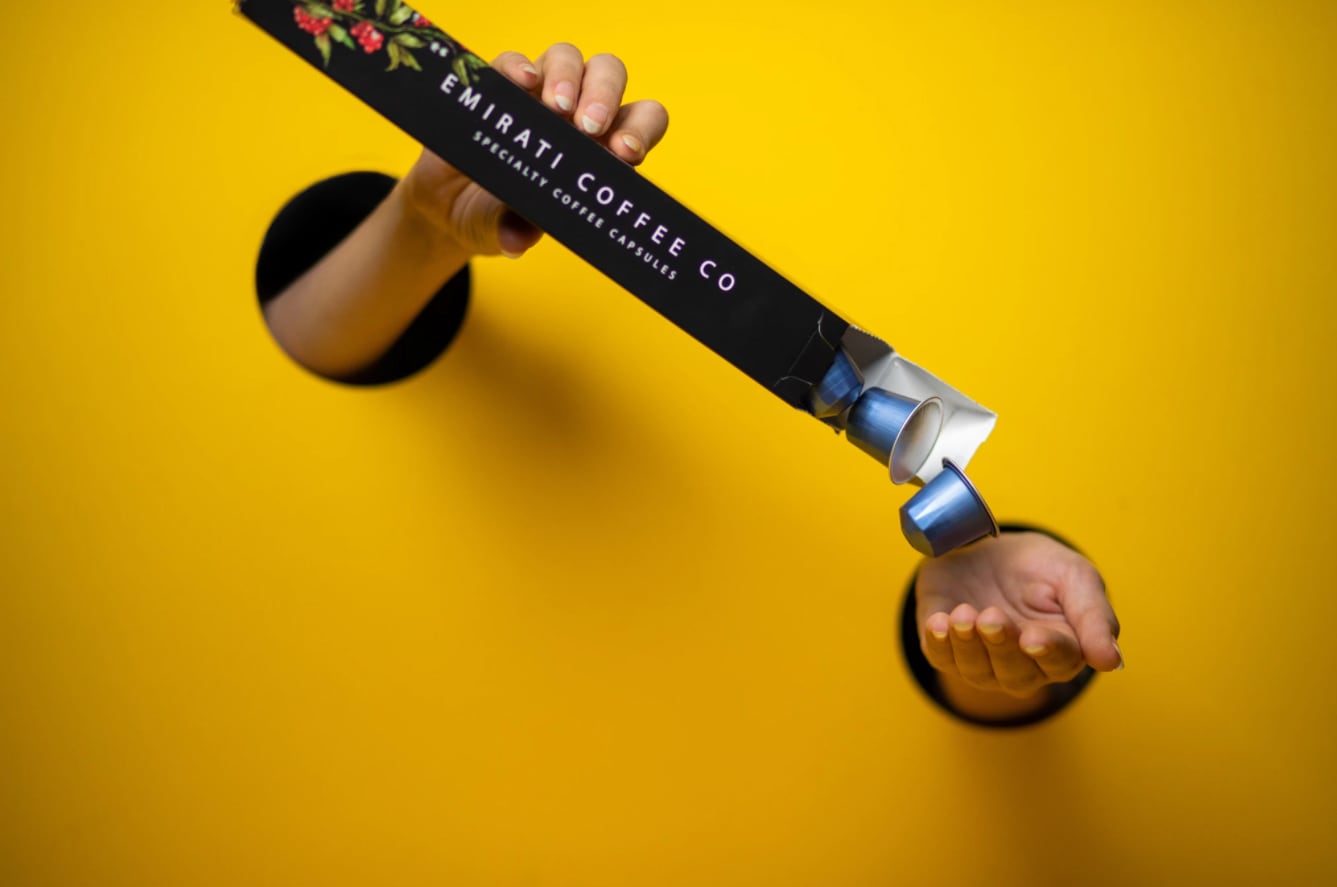In this edition of the FNA Deep Dive, we take a closer look at the region’s hot drinks industry, including coffee, tea, hot chocolate and more to find out more about what is making the sector tick and how firms are creating new products.
The Asia Pacific hot drinks market is expected to grow by a CAGR of 7.7% to hit US$116.8bn by 2024 with coffee and tea amongst the most popular categories in the market, driven by many working-class consumers’ need for caffeine on a daily basis.
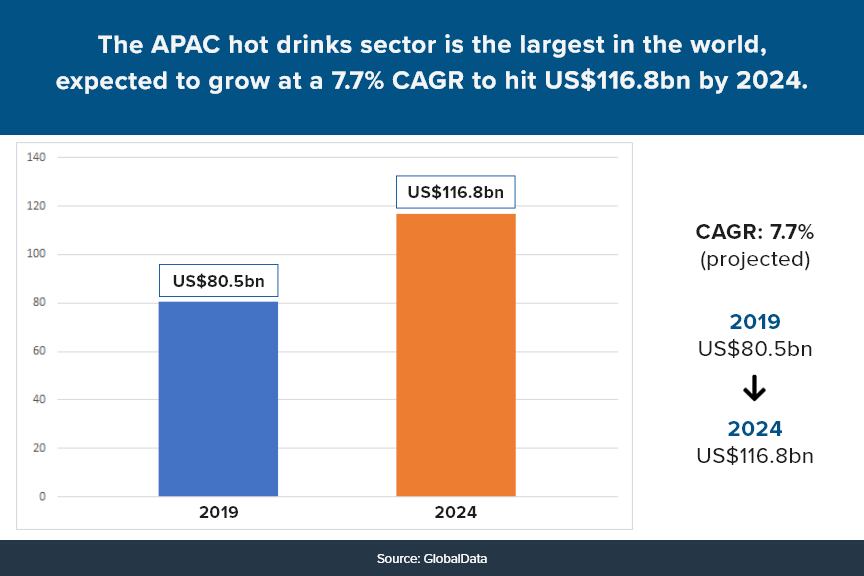
When it comes to coffees, one of the region’s best-known brands Nespresso believes that preferences very much depend on the geography, and many Asian markets such as Singapore are partial towards milk coffee and longer cups as opposed to European markets where black coffees such as espressos and lungos are preferred – but on the back of this, consumer demand for premium, sophisticated drinks are on the rise.
“On the back of the pandemic, coffee consumers now have increasingly sophisticated tastes and higher willingness to experiment with home-brewing compared to before,” Nespresso Singapore Head of Marketing Peilin Lee told FoodNavigator-Asia.
“Following a year in which at-home coffee consumption has reached new heights, coffee lovers’ increasingly sophisticated tastes have pushed the boundaries of at-home brewing [driving] the demand for consumer coffee machines that can offer expanded coffee menus and sizes.
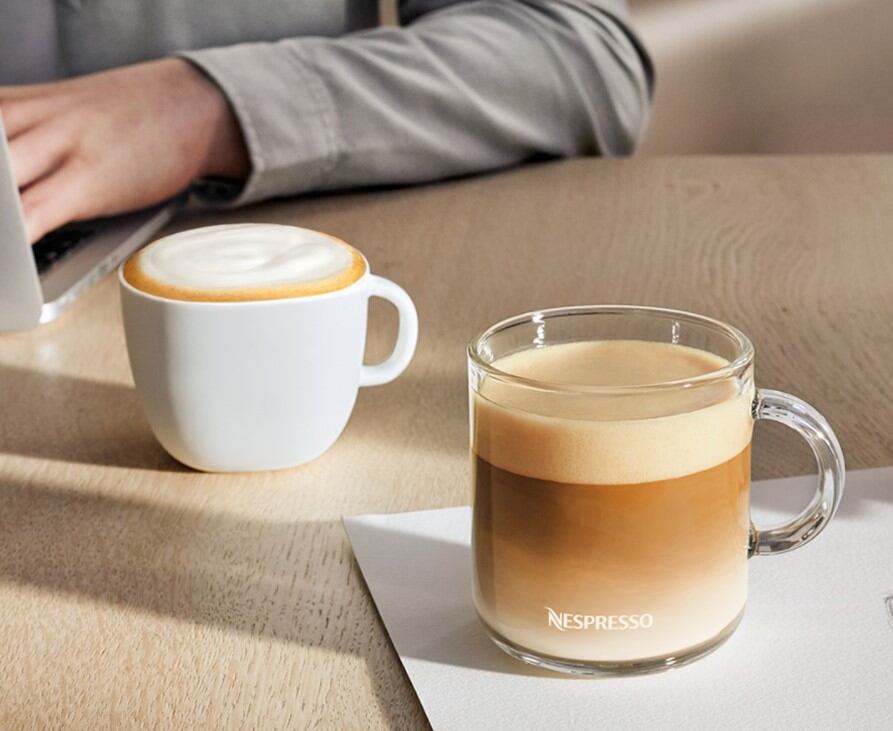
“The appetite for milk-based and flavoured coffee is also growing as consumers look for indulgent flavours - Nespresso recently expanded our flavoured coffee range (Barista Creations) to offer such items with dessert notes such as vanilla éclair and crème brulee in response to this.”
Filipino coffee brand Circa 1740 Coffee by UN award-winning firm Varacco concurred that APAC consumers today are no longer satisfied with just the usual instant coffees they grew up with, but are instead seeking out products with a higher level of premiumisation and sophistication.
“Regular instant coffees in packets are known to be high in sugar content, but our ‘dip coffee’ products which also work on the same concept of putting a bag in a cup and adding hot water have been doing well here in the Philippines because these are pure with at least 90% coffee content and no more that 10% milk or spices,” Varacco Co-Founder and COO Ariestelo Asilo told us.
“Our products are more premium-priced, where one packet of our dip coffee at about PHP50 (US$1) is equivalent to about five packs of instant coffee from Nestle – but people still come to us due to the difference in taste and higher quality.”
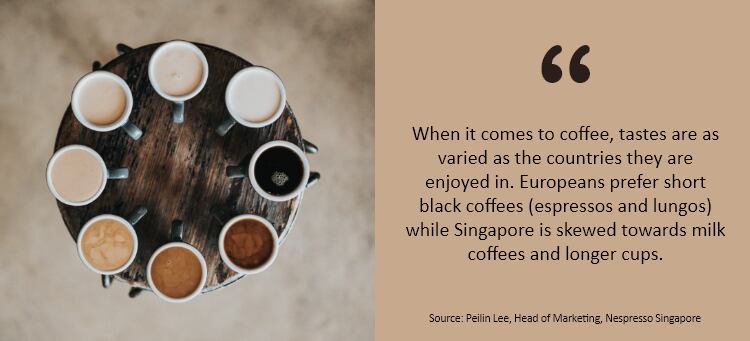
A similar trend is also being observed in the tea space, where quality is emerging as an important attribute for consumers when making tea purchases.
“We are seeing consumers going for more high quality products and moving away from mass low-priced brands [when] choosing their teas,” said The 1972 Clipper Tea Co, Tea Tang and parent company of both brands BP de Silva Group Executive Director Rehan Amarasuriya.
“The tea culture in Asia is very diverse and there are many different ways to consume tea today, [but one of the elements of tea premiumisation we are seeing] is that consumers are increasingly curious about where their tea comes from and are keen to learn the different types of tea and their qualities.”
Amarasuriya is also the Co-Founder of tea fingerprinting and traceability technology firm ProfilePrint, and based on his experiences here, believes that the tea industry is also moving towards digitalisation as it evolves.
“We foresee the way teas are being sourced changing over the next few years because of digitalisation – [it’s why we created] ProfilePrint to help match the digital fingerprints of tea[which will] change the way the tea industry trades in the future,” he said.
Watch the video below to hear more from Amarasuriya and the tea sector in APAC.
Better-for-you options
The rising trend for better-for-you healthier hot drinks in APAC is most obvious within the hot chocolate and malt drinks sector, where there has been a noticeable shift towards lower-sugar or no-sugar options of these drinks over the past few years.
One of the region’s biggest brands in this area, Nestle’s MILO, has launched a number of such products in the region, such as in Singapore where it created both a 50% less sugar option (MILO Gao Siew Dai) and sugar-free option (MILO Gao Kosong).
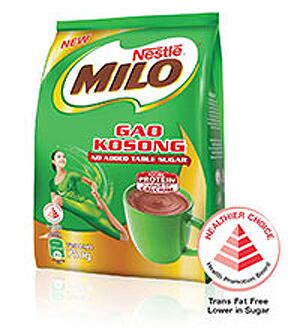
“The innovation process of [these MILO products] required a great deal of balancing for taste and health concerns,” MILO R&D Head Olivier Aprikian said.
“It was not just a matter of sugar reduction - Other than reducing sugar, we had to tweak the other elements and added in more cocoa and milk to ensure the beverage’s taste was not compromised. There were several rounds of extensive taste tests before allowing the product to go to market.
Apart from consumer demand, it cannot be denied that government influences and policies are also pushing major F&B firms such as Nestle to create healthier options, including in the hot beverages space – in this case, both lower/no sugar MILO products are able to adopt the Singapore Health Promotion Board’s (HPB) Healthier Choice Symbol (HCS) under its national HCS programme.
Over in Malaysia, Nestle has gone beyond launching just Less Sugar and Kosong (No Sugar) products to also launch plant-based versions of the nationally-beloved drink with almond milk, although these are in RTD form and not available as hot beverages at the moment. There is however a plant-based version available in Australia in powdered form.
The ultimate better-for-you hot chocolate choice though can be found in the Philippines in the form of a traditional drink called tablea, which is made solely from cocoa beans which are roasted, grinded and molded into tablet form for retail, then melted to make a hot chocolate containing nothing but 100% cocoa.
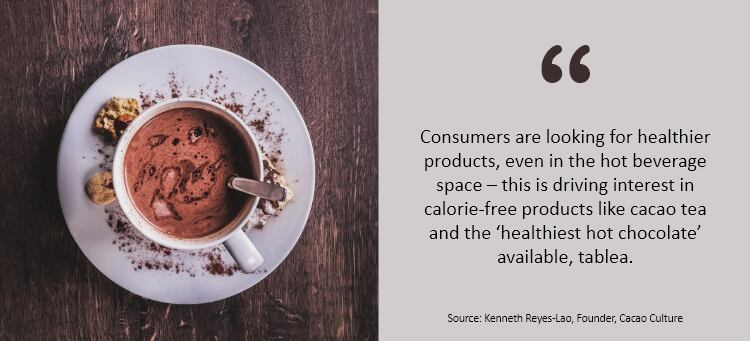
“This is the healthiest form of hot chocolate available compared with any others out there including MILO, as it has all natural components and no additives, sugar, milk powder or anything else,” Filipino cocoa and chocolate specialty firm Cacao Culture Founder Kenneth Reyes-Lao said.
“Consumers can of course choose to add their own sugar and milk to this hot chocolate – and here they will be able to make the choice of healthier sugars like coconut sugar, or calorie-free sweeteners like stevia, or plant-based milks if so preferred.
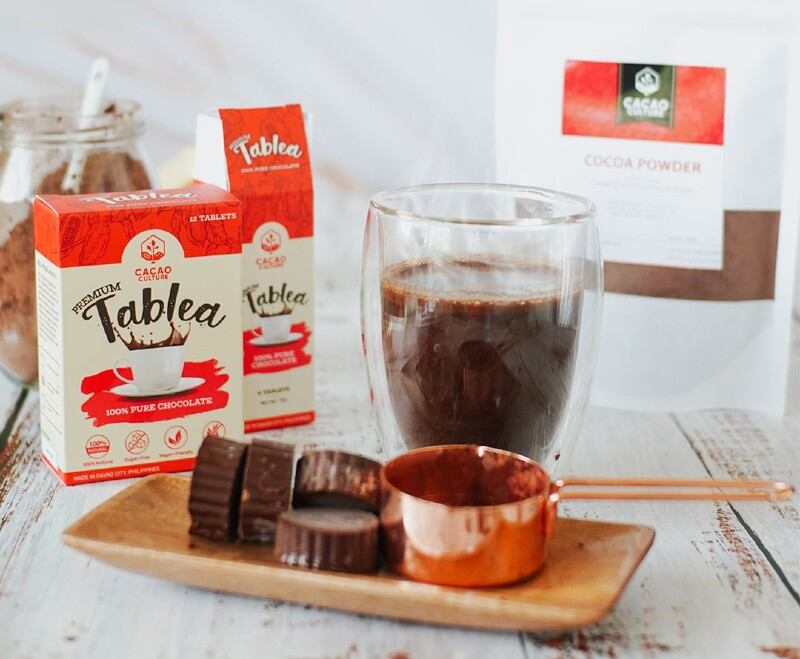
“Throughout the COVID-19 lockdown we have definitely seen a rise in consumers looking for healthier foods and beverages for snacking and other consumption occasions like breakfast, which tablea can be a good alternative for.”
To take things a step further, Reyes-Lao said that the firm also produces cacao tea, which is probably the most extreme way possible of having a ‘chocolate drink’ - without the chocolate but just the aroma of it.
“Cacao tea is made from cocoa bean shells which have separated from the beans after roasting – these still have the properties of cacao such as energy-boosting from the compound theobromine,” he said.
“Essentially cacao tea is hot chocolate without the calories – it has a strong hot chocolate aroma, though not the taste of chocolate and is for those that want a zero-calorie drink but also need an aromatic consumption experience.”
Looking away from chocolate and malt drinks, another rapidly-emerging healthier drink category in the region is multigrain-based beverages, most of which are formulated specifically with health and nutrition in mind and usually consumed hot for breakfast or supper.
“Multigrain drinks have been around in the market for a while, but recently enjoyed a comeback during the pandemic due to their health and nutrition factor,” multigrain beverage specialist firm Happy Grains Founder Dr Go Kiam Seng said.
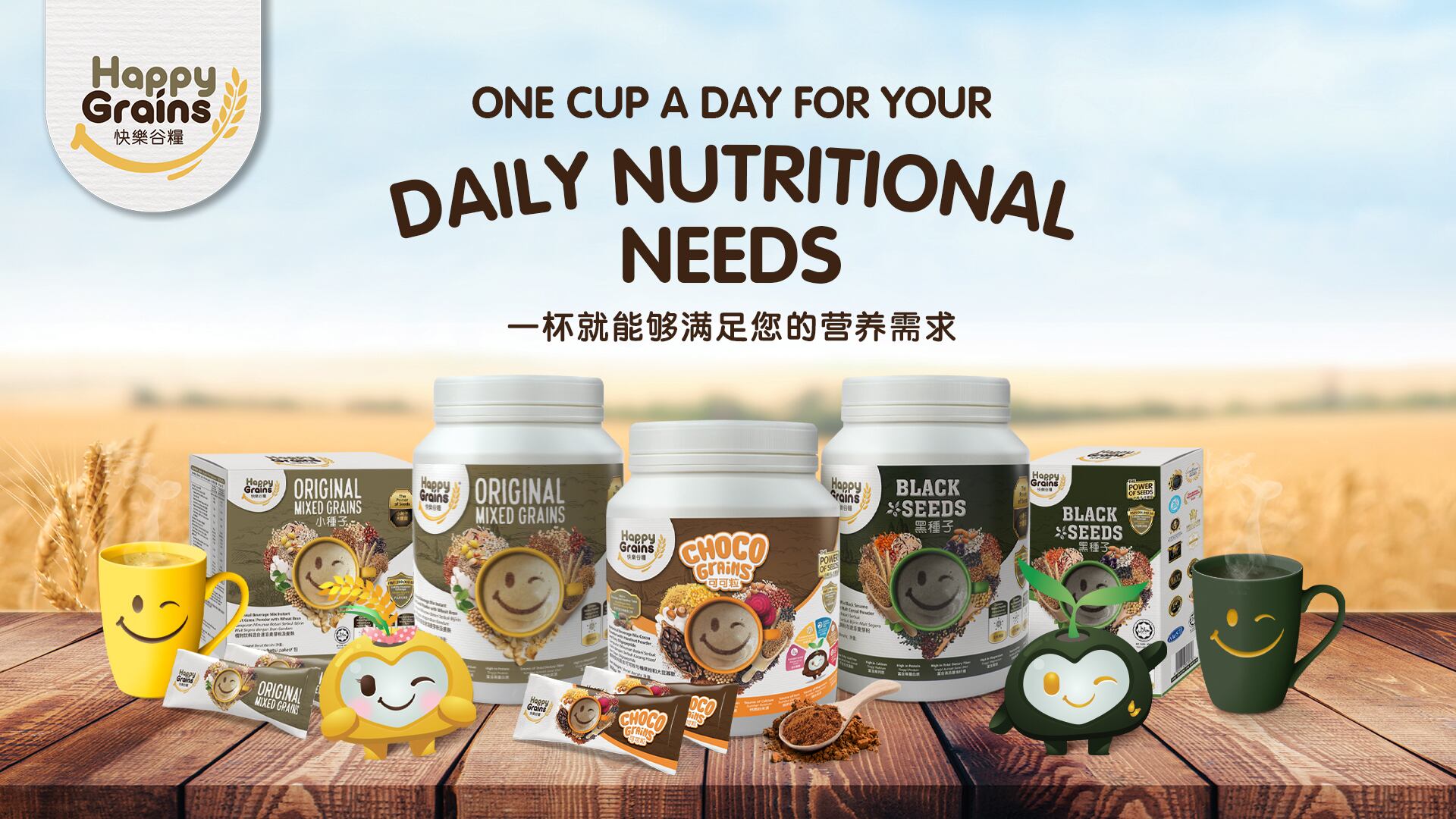
“These products are undoubtedly somewhat pricier than your regular MILO or coffee, but they bring far more nutritional benefits as we blend some 20 to 30 grains chosen not just for their nutrition value but also their mouthfeel and taste.
“The recent trend has also been to reduce sugar content, so we have opted to not use any sugar and instead add stevia, which is a herb in itself, to give the product some sweetness.
Sustainability
When it comes to sustainability, this trend appears to be cutting across most major hot drink categories and applies to both large and small brands.
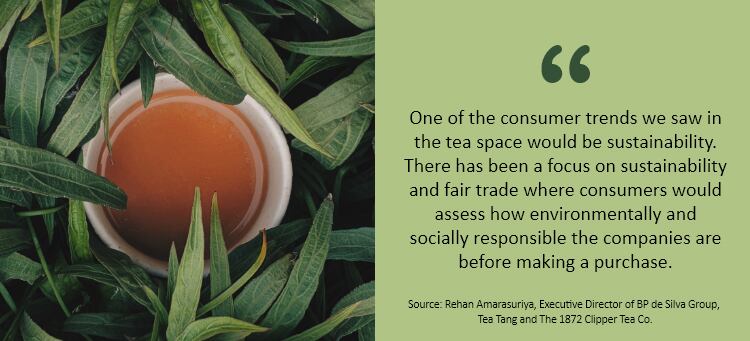
“Nespresso envisions every cup of our coffee to be carbon neutral by the end of 2022,” Lee told us.
“Our current sustainability initiatives to reach carbon neutrality include use of sustainable energy, increasing the use of recycled plastic for machines, and recycling the aluminium from its coffee capsules.
“Last year, Nespresso launched the first coffee capsule in the world made using 80% recycled aluminium, while the latest coffee machine is made from 99.5% recycled material.”
From a consumer perspective, the firm is also placing more focus on the origin of its coffee beans as awareness rises in the APAC region for this.
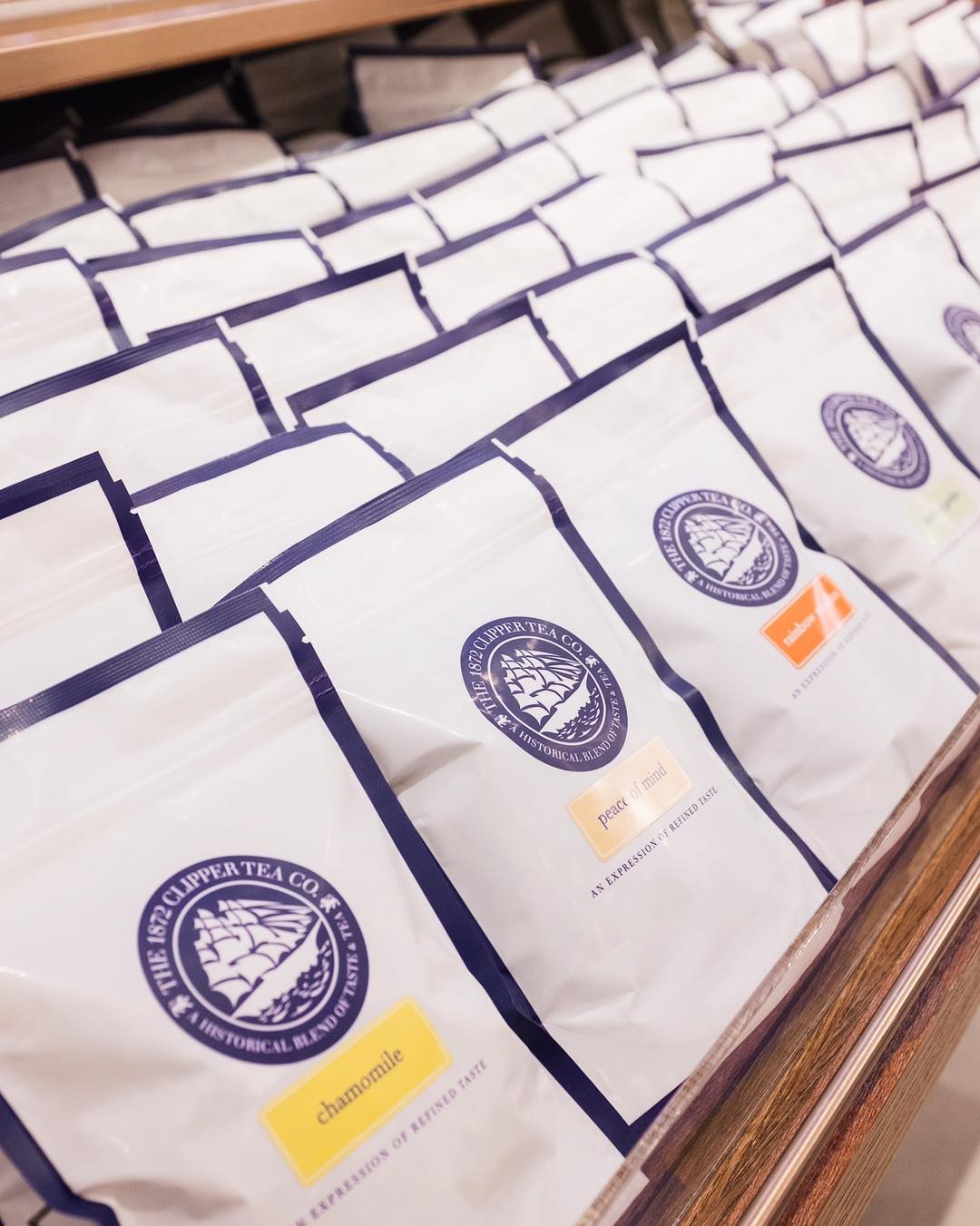
“Consumers are taking care to learn about the origin of their coffee beans and its environmental impact,” she said.
“For instance, we saw favourable response we introduced our first organic coffee Kahawa ya Congo coffee (Hope of Congo) - the coffee is grown in Congo where the once-thriving coffee farming community was devastated by political and economic instability.”
Circa 1740 also has a strong sustainability focus, choosing to work with needy communities such as people with disabilities and mothers for product packaging, as well as conducting intensive research into using digital technology like IoT to improve local coffee farmers’ coffee productivity and quality.
As for tea, Amarasuriya added that he has also noticed a sharp increase in consumer demand for sustainability in the tea supply chain.
“There has been a focus on sustainability and fair trade where consumers would assess how environmentally and socially responsible the companies are before making a purchase,” he said.
“This is part of a change seen since the global COVID-19 pandemic hit, transforming people’s lifestyles and consumption patterns.”
However, Taiwanese tree-to-bar chocolate firm Fu Wan believes that this trend is as yet not particularly strong in Asia, although it is growing.
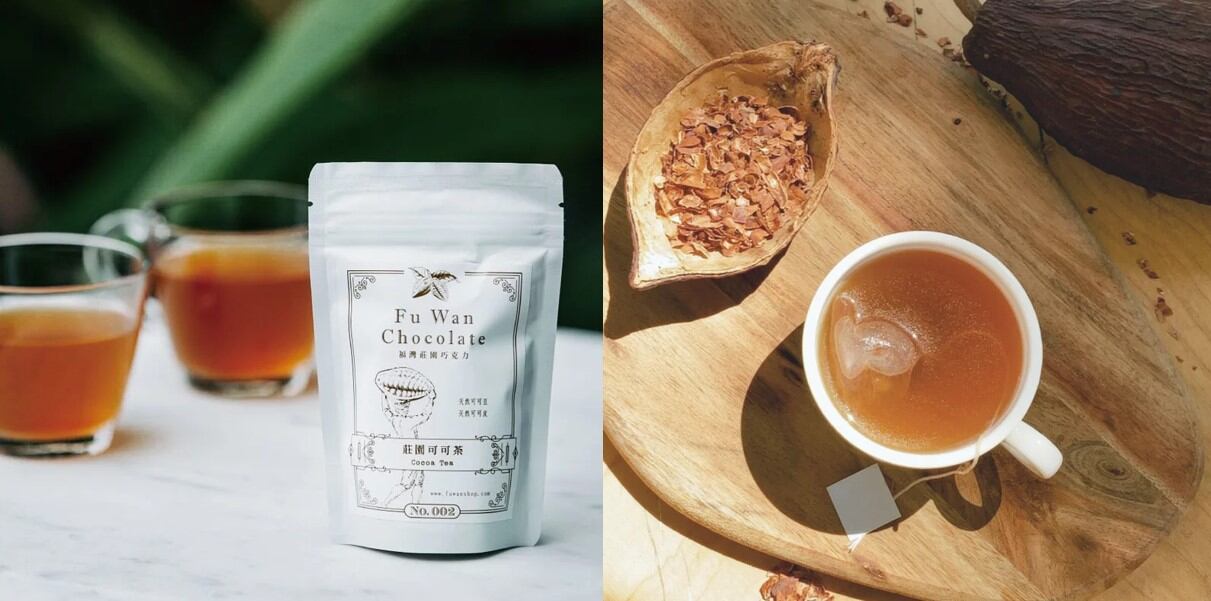
“Trends like sustainability and origin of products are still more prevalent among Western consumers than Asian consumers,” said Fu Wan Founder Warren Hsu.
“[This is growing though], and we hope to be at the forefront of this charge with our single-origin products and tapping on our tree-to-bar concept.
“By tree-to-bar, we mean that we use the whole cacao fruit without waste, the husks are used to make cacao tea, cacao powder is used in our hot cacao mix, and cacao syrup can be extracted and act as a natural sweetener for coffee or tea.”
Technology and innovations
The hot drinks market is also being rapidly influenced and driven by technological developments, including machinery and equipment.
For instance, in response to the demand for minimal physical contact after COVID-19 hit, Nespresso developed a Momento Coffee & Milk machine for workplaces enabling users to make their coffee without ever touching the machine, preventing any risk of contracting viruses via a shared device.
“[The machine’s] touchless technology allows users to use their mobile phones to select their preferred brew without needing to use the machine’s panel directly, taking into account health and safety amid the pandemic,” explained Lee.
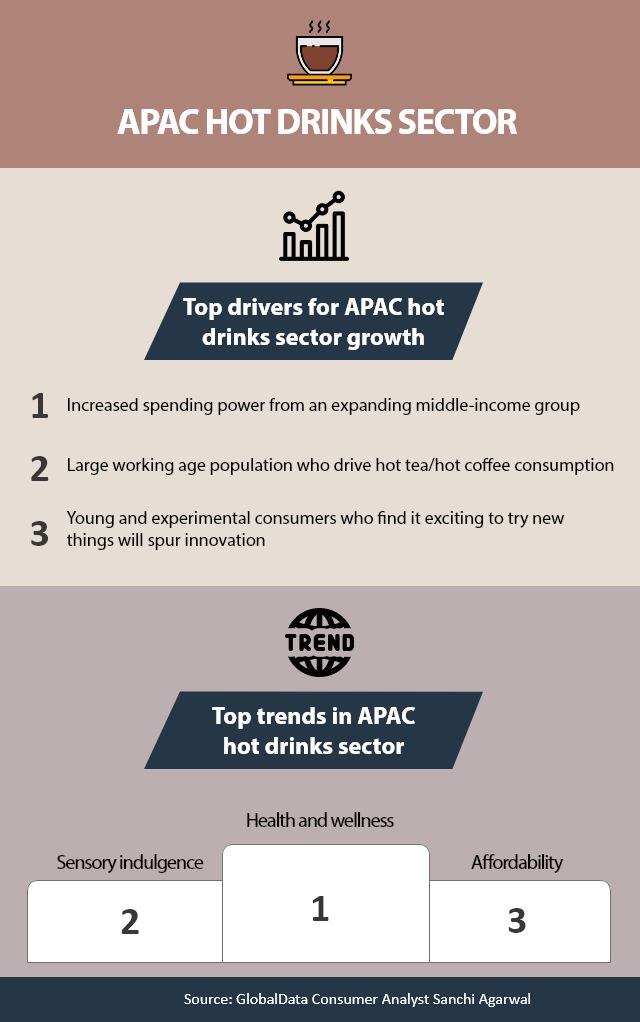
Despite tea traditionally being consumed as a hot beverage, Amarasuriya believes that there are also many opportunities to be found in the cold tea space, particularly given the humid weather in many Asian countries and the rise of bubble tea popularity; as well as for use beyond just a regular beverage.
“The rise of social media has opened up many consumers’ eyes to new uses for tea - For instance, some people use tea for their baking goods or even for drinks like cocktails,” he said.
“So we are always on the lookout for new ideas and new ways to consume teas [and] definitely see more and more ways to use and enjoy teas worldwide.”
Fu Wan on the other hand believes that chocolate drink products are going to continue to evolve along the premium pathway given the trajectory the industry is currently already on.
“I [believe the future of chocolate drinks in the region is that] there will be more chocolate drink specialty shops all around APAC, and also more options of fine chocolate drinks in the supermarkets for consumers to choose from,” said Hsu.
“The trend for healthier, less-sugar products everywhere [will] also drive the market to move towards prioritising better-quality creations.”


